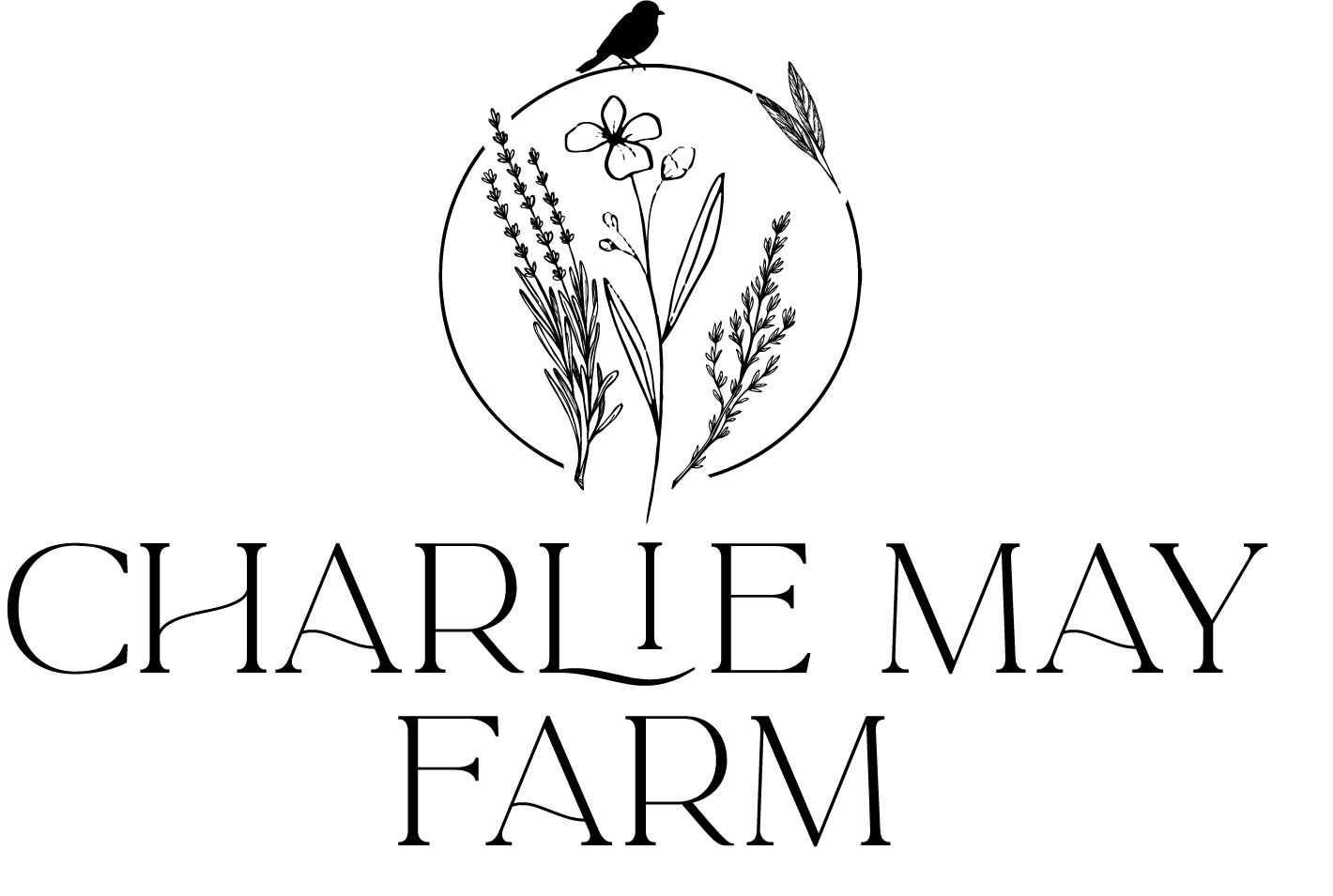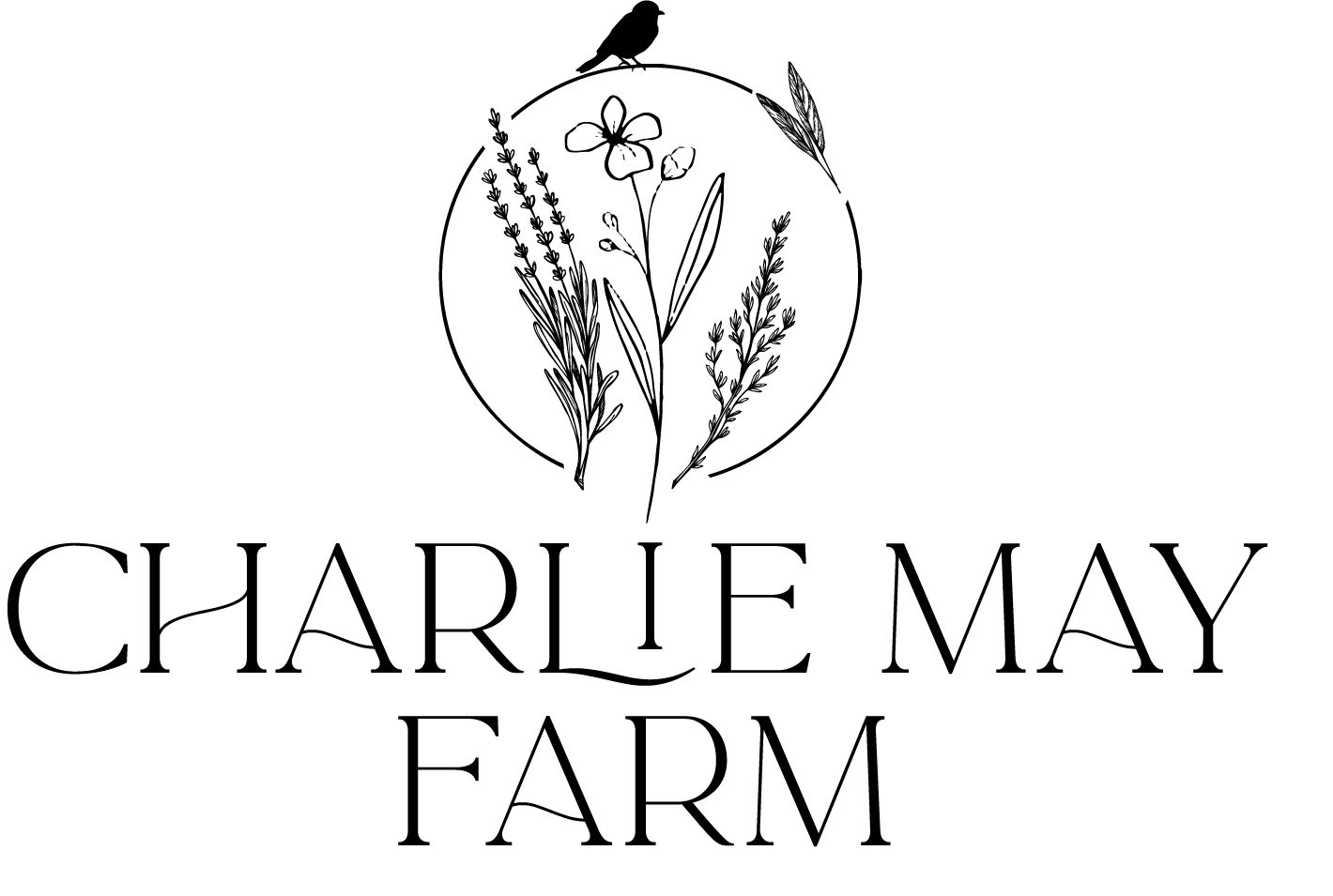Growing Hardy Annuals in Zone 3
Hardy Annual: Snapdragon
Ahhhhhh the snapdragon. It smells so dreamy and is such a beautiful addition to a garden or as a cut flower.
Snapdragons, like all hardy annuals love the cool weather of spring and can even take a slight frost like a champ when protected by frost cloth.
When you’re itching to get in the garden in the spring, hardy annuals will allow you to get in there and get some dirt on you hands even before your last frost dates. They are the first seeds to sow or transplant in the garden when all of those tender annuals are still being nurtured indoors.
What is a Hardy Annual?
An annual is a plant that lives for only one year and dies once the flower has faded and it has produced seed. The hardy annual drops it seed at the end of summer and the seedlings begin to grow in the fall and winter to then produce more flowers the following summer. It loves the cool weather of fall to root itself and establish a strong plant.
To replicate this cycle many people living in warmer climates can actually sow many hardy annuals in the fall and transplant to the garden before fall frost to allow the plant to root itself and mature so when spring arrives the flowers have a head start and tend to grow more lush, and long. But here in zone 3 this is close to impossible for the majority of hardy annual plants because our winters are too cold and spring very short. So you may have a challenging time getting your flowers as long and lush as someone growing in warmer climates. Here are a few tips to help you grow cool hardy annuals way up here in the northern prairie hemisphere.
This blog may contain affiliate links which means I may receive a commission for purchases made through links. I will only recommend products that I have personally used. Learn more on my privacy policy page.
Preparing the Soil
We incorporate compost into our soil and till the rows in the fall so as soon as the snow melts we can walk in and start planting. In the spring I also like to amend the soil a dry slow release organic fertilizer and alfalfa pellets.
I love using Gaia Green Power Bloom Fertilizer 2-8-4 as a slow release fertilizer. You can purchase at most greenhouses or click on the product name in bold for an amazon link. The alfalfa pellets are purchased at our local farm store known as Peavy Mart. It is food for horses and other animals but it can also be used to increase nitrogen in the soil. You don’t want to add too much of nitrogen to flowers or you will get all green and no flower so amend carefully. Grasses, lettuces and leafy plants would love the green alfalfa more then your cut flowers. If you don’t have a local feed store close by you can purchase a similar product on amazon. Check out this link:Alfalfa Pellets
Another way to increase nitrogen and other nutrients into your soil is growing green manure. So that would entail sowing things like alfalfa, clover, buckwheat and tilling it into the soil before it goes to seed. As the plant breaks down it releases nutrients in to the soil like nitrogen. I have to admit we have not had alot of success with cover crops because our growing season is so short so it is very challenging to be able to grow anything in time after tilling over the cover crops. When we decide to amend this way we basically are devoting that row of soil for strictly building the soil and not for growing unless its a real quick crop. Our seasons are so short, that we would have a real difficult time being able to grow anything in that spot after growing green manure so we us the dried alfalfa pellets as an alternative.
When to Plant in the Garden
Ideally you want a nice long spring with some showers and cool nights that aren’t dipping below freezing. But but of course we usually don’t have springs like that. We usually go from -40 to +40 in 2 seconds flat. Well I guess not that fast but it feels like it when you are gardening. So basically as soon as you can dig in the soil get your butt out there and sow your spring hardy seeds first and transplants next. I always keep an eye on the forecast as well and when I start seeing just above zero degrees celcius consistently that’s my time to get going. Some springs will be too wet or too cold so this date can flucuate from around April. 15 to May. 15. I always start my transplants off with snapdragons because they can take a bit cooler temperatures and even slightly below freezing. Ideally you want to wait until you no longer see frost in the forecast for transplanting but cool hardy plants will be the first plants to go in the garden in case the temperature surprises you. Tender annuals will NOT take cool temperatures so start with the hardy annuals first.
How to Plant Hardy Annuals
It is wise to also have a frost cloth set up in case a night looks a little too frosty. This will give the plants some added protection.
When I am direct sowing seeds in the garden, I also lay a light weight frost blankets on top of the freshly sown seeds to protect them from birds and also prevent the seed from drying out too fast. When I water the area I just add water right on top of the blankets and it goes through and wets the soil and seed. We hold the blankets down with rocks. It works great. You will find you will get better germination of seed compared to not covering them. I leave the blanket on the seeds until I see the seedlings appear.
Here is a link to a Light Weight Frost Blanket
Hardening Off Your Transplants
You must harden off your transplants before transplanting them into the garden. About 2 weeks before you plan to transplant your flowers you must take them outside and start exposing them to the elements. Ideally you should expose them to a few hours of sun each day and slowly increase that exposure time. This can get really time consuming so I have a few stations that I move the plants to every few days. They first start under my porch which has a ceiling so this gives them a few hours of sun a day. Then after about 4-5 days they move to the east side of my greenhouse where they get direct sun but again for part of the day only. The last step is on a moveable shelving system with wheels close to the garden. They basically stay outside on the shelf and wait their turn to go in the garden. Unless there is extreme weather then they can easily be wheeled back into the garage so they don’t get damaged. You can also move them around on the different levels of shelves so one plant can be exposed to more or less sun as you wish. The alternate is taking them in and out every day which is extremely time consuming but also will work.
Where to Plant Hardy Annuals
There are a few things to consider when planting hardy annuals due to the risk of heavy rain, wind and more extreme temperatures in the spring. So choosing a location with that in mind will help to successfully grow your flowers.
Drainage. You need to consider finding a spot that has good drainage so in the event of heavy rains in the spring your plants don’t rot. You can also build a raised bed if you can’t find a spot on your property that would work. Raised gardens warm up faster in the winter making it ideal to get the plants in sooner.
Wind Protection. Constant cold wind can really stress out your plants in the early cooler temperatures so ideally you want to find a location that is out of the heavy winds and gets the morning sun to noon sun then finds escape in the hottest mid afternoon temperatures of the day. Ideally this would be on a south east facing side of a building or trees. You can create this by adding shade cloth to the plants if you find the days are too hot and long, which will extend the season.
Types of Hardy Annuals
Top Row (left to right) : Feverfew, Bachelor Button, Yarrow, Pincushions
Bottom Row (left to right): Lisianthus, Godetia, Ammi, Poppy
Below is a list of hardy annuals grouped according to the method for how to start the plant from seed. Sown indoors or directly sown in the garden. You may notice that some plants are in both categories. You can decide one or the other or sow a bit of the seeds indoors and outdoors to get a succession. If indoor space is an issue, you may have no choice but to direct seed in the spring.













